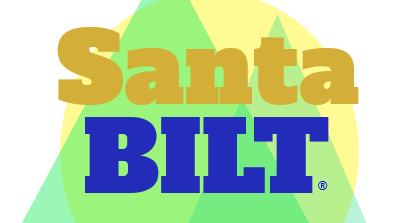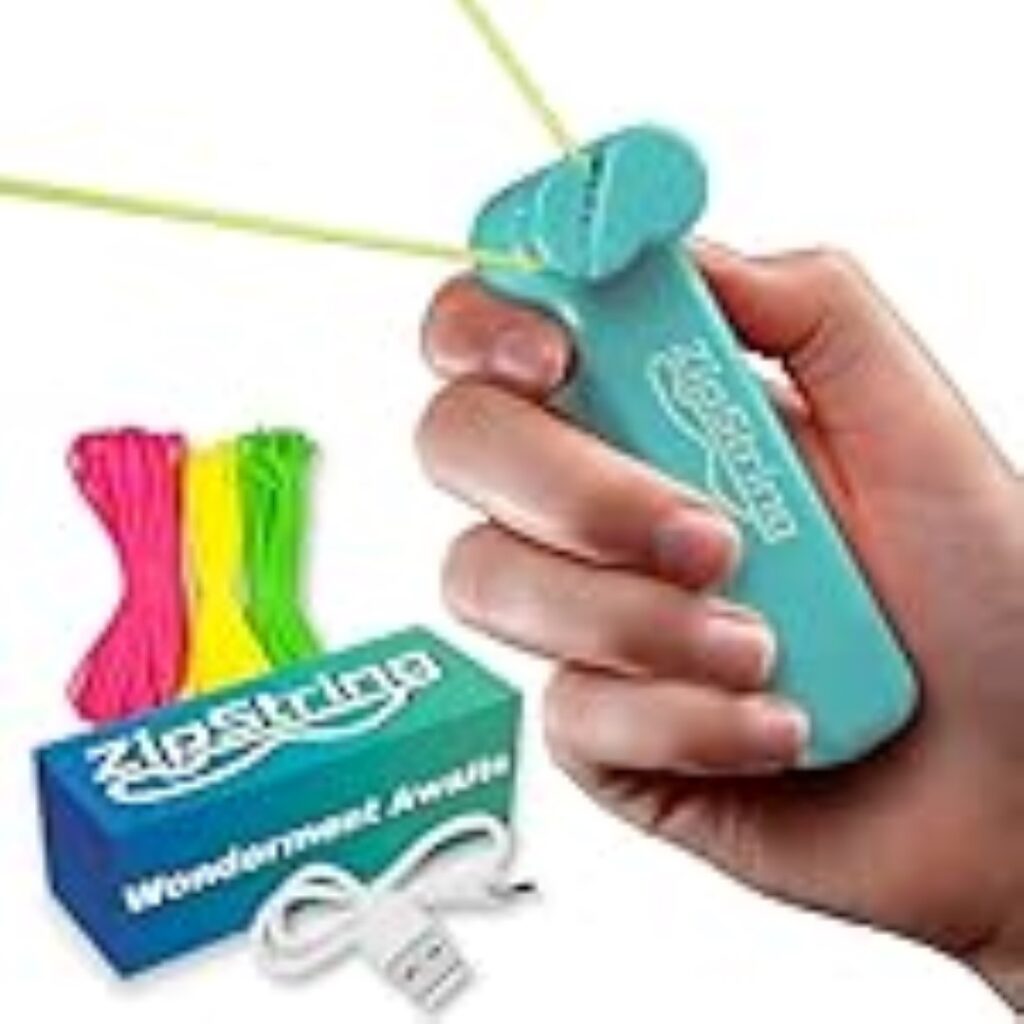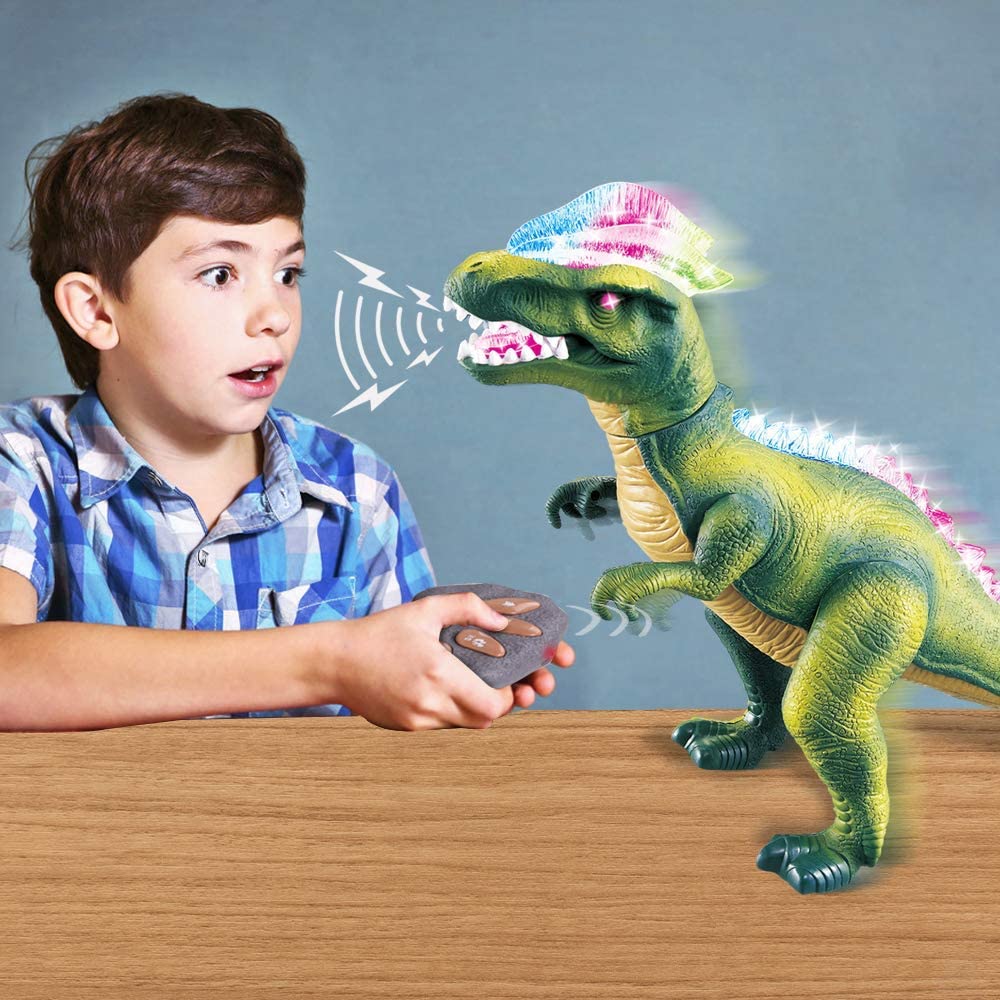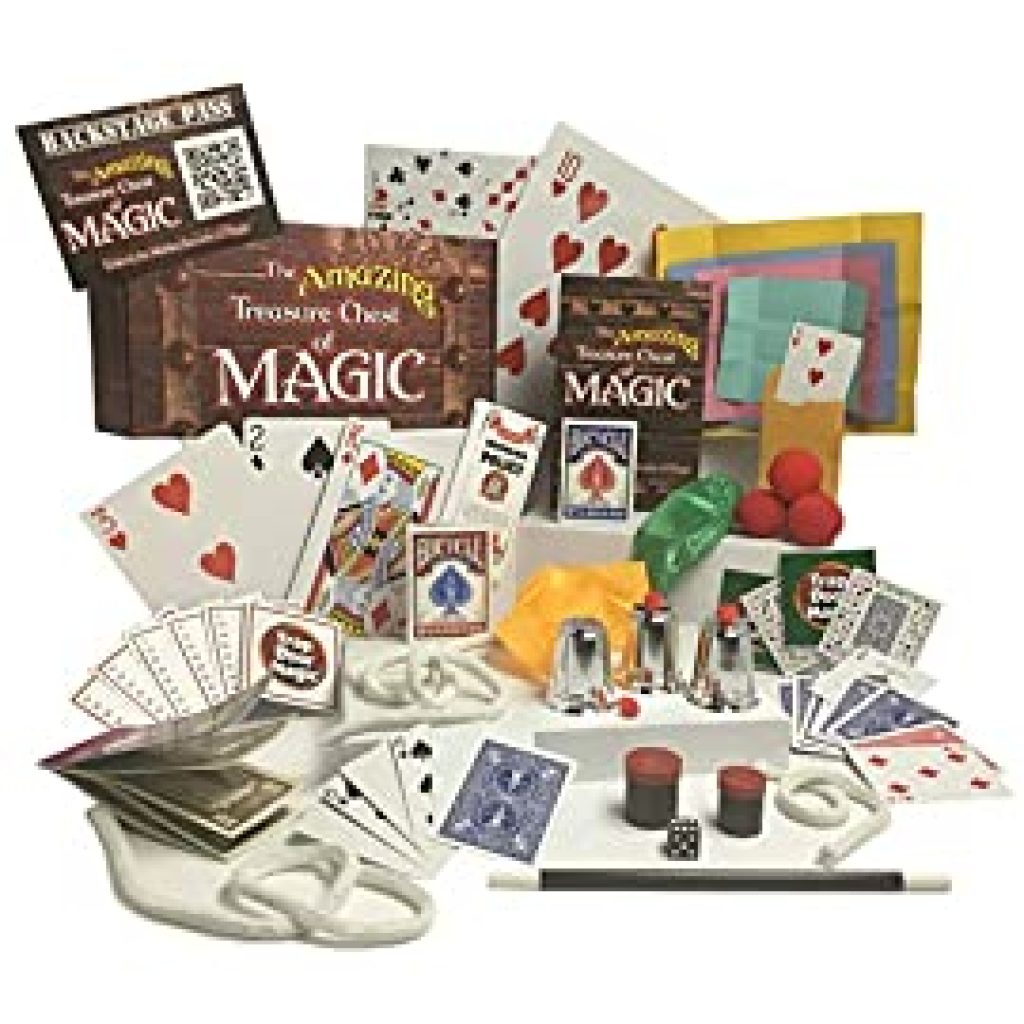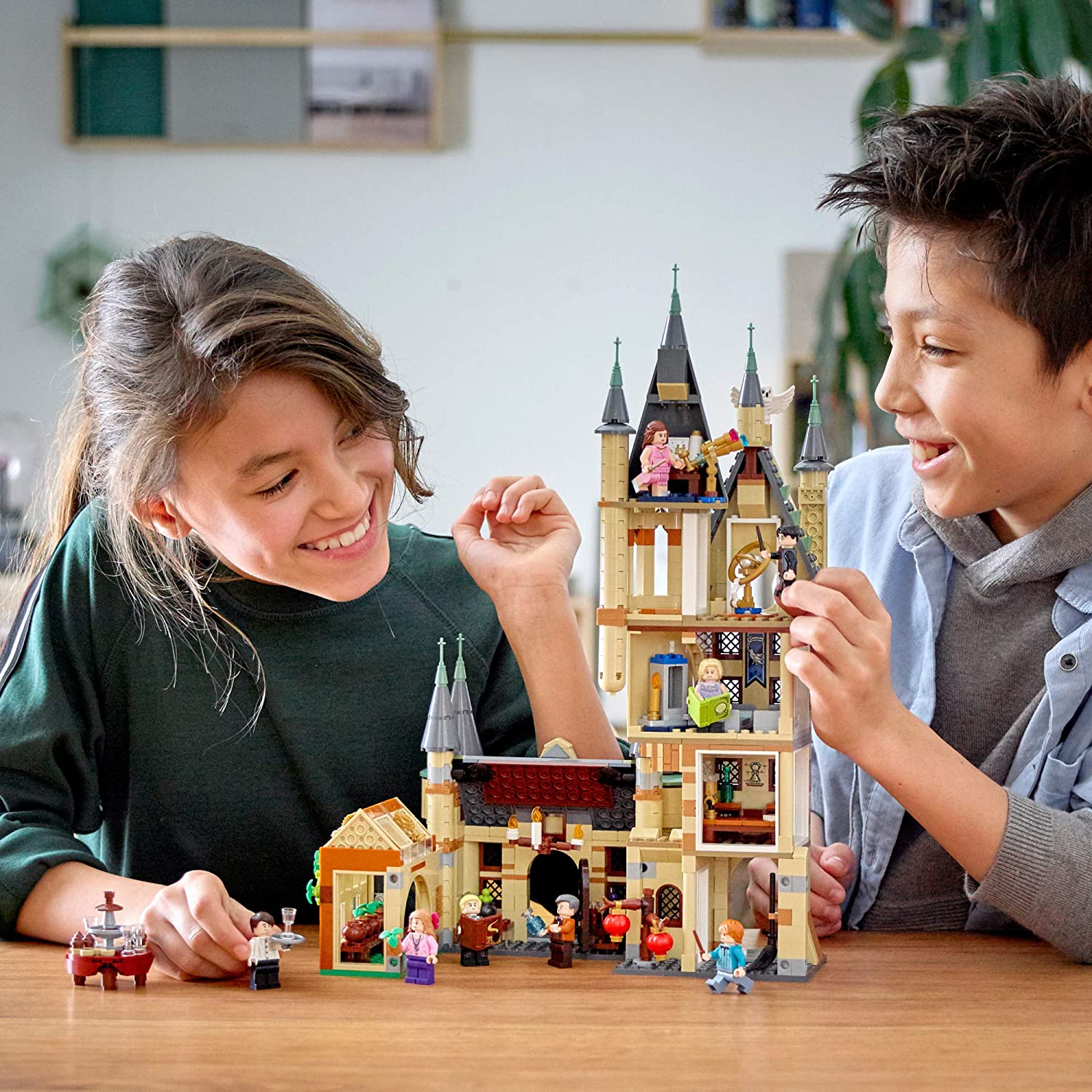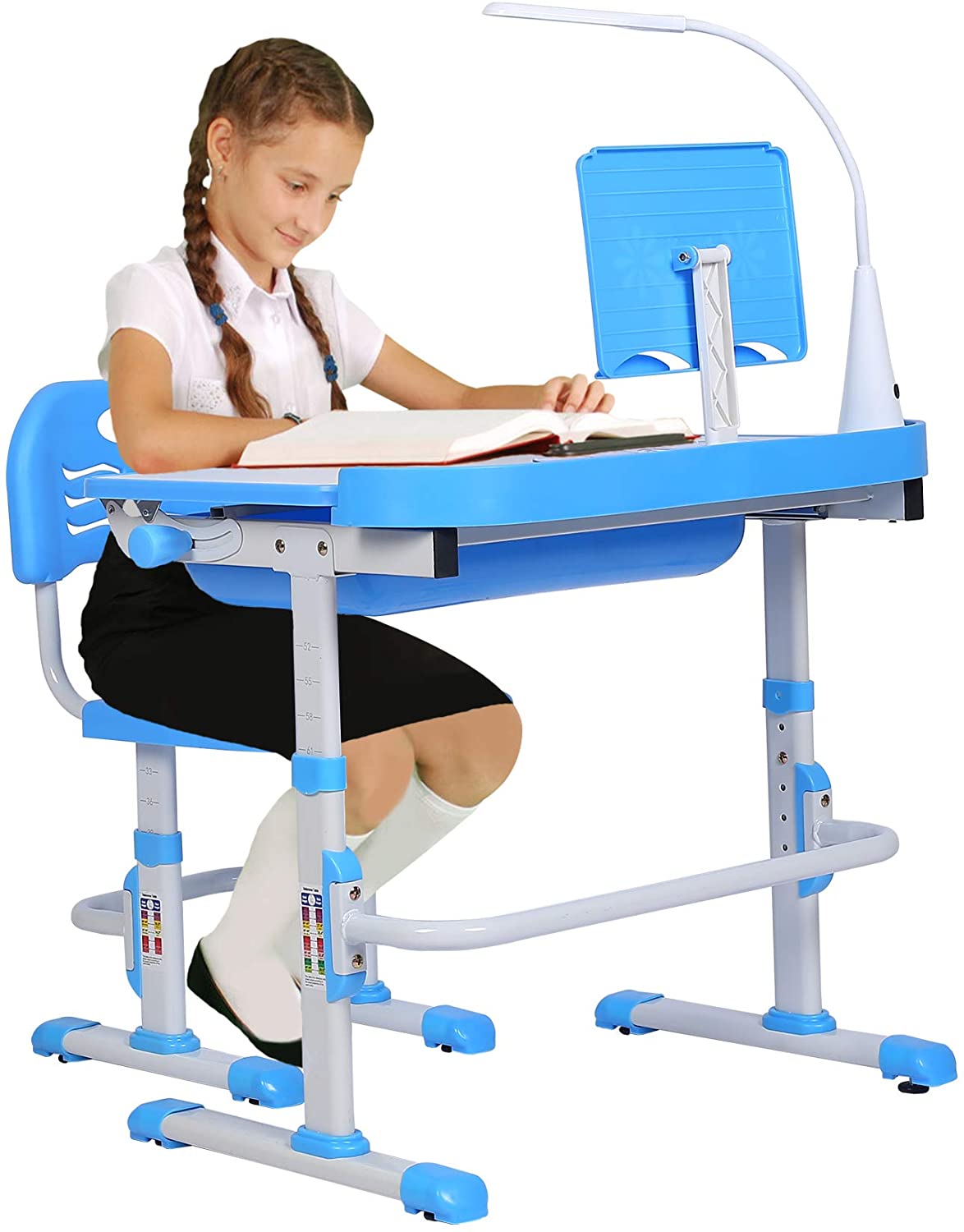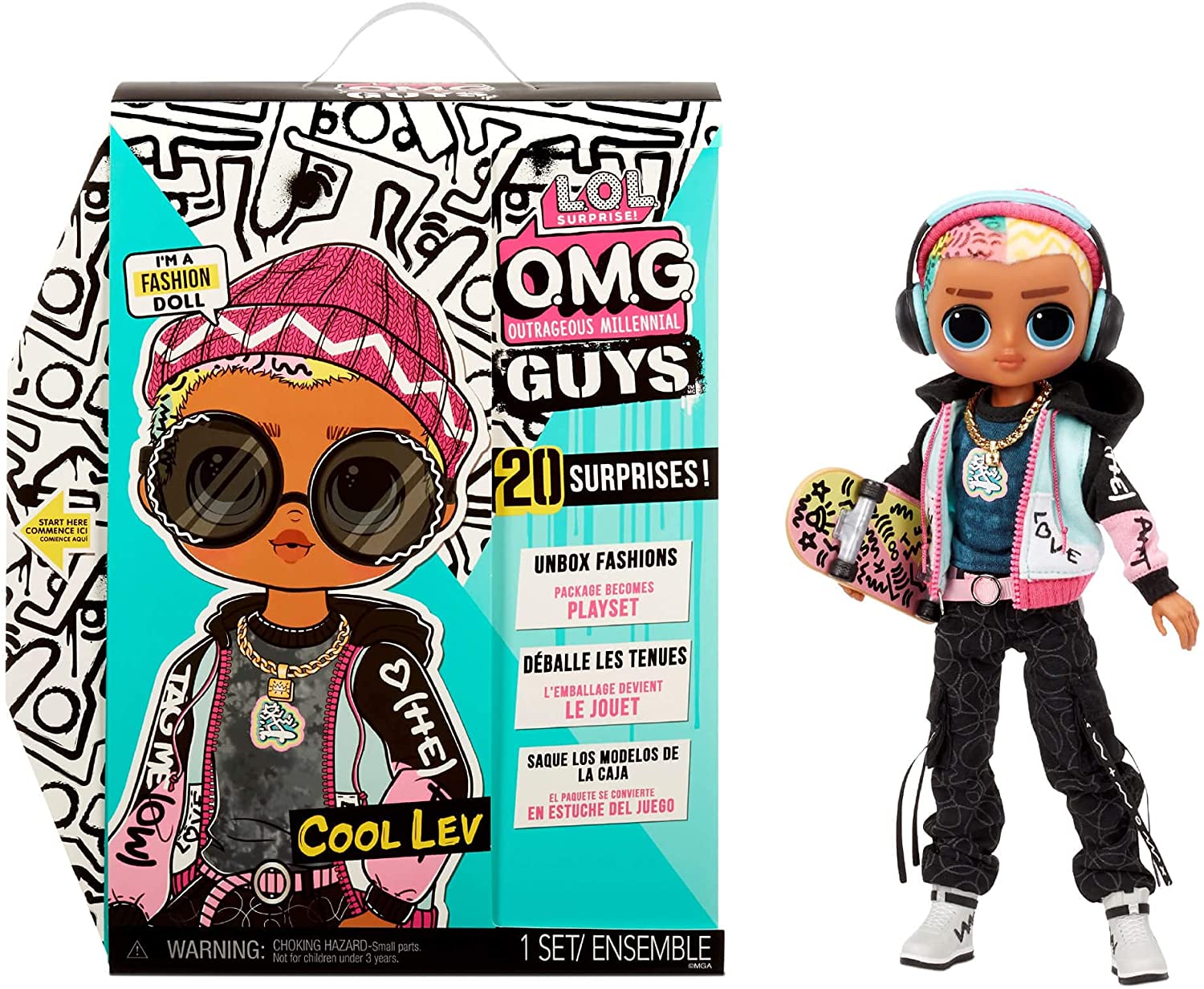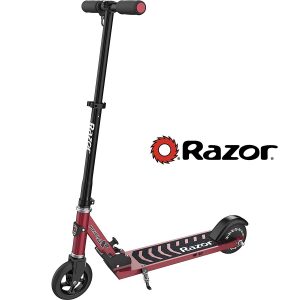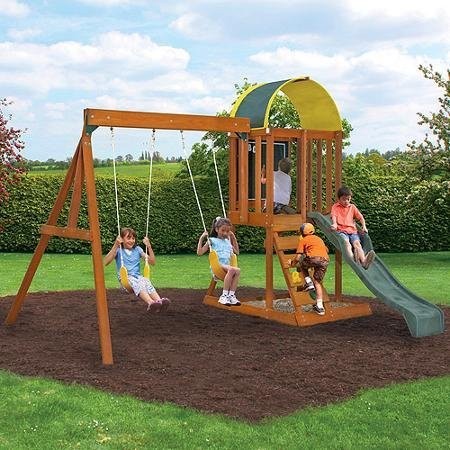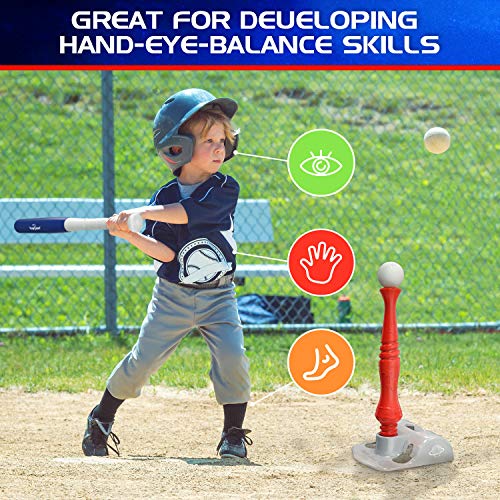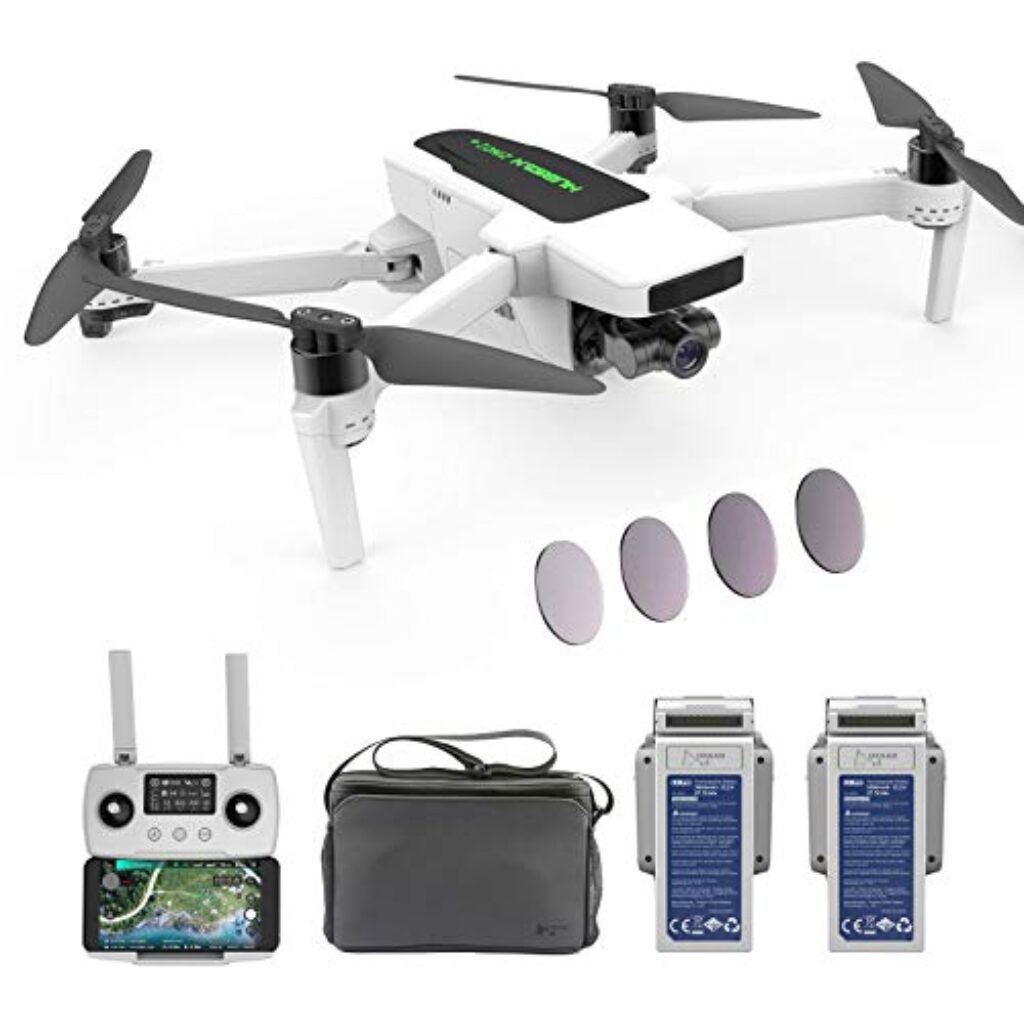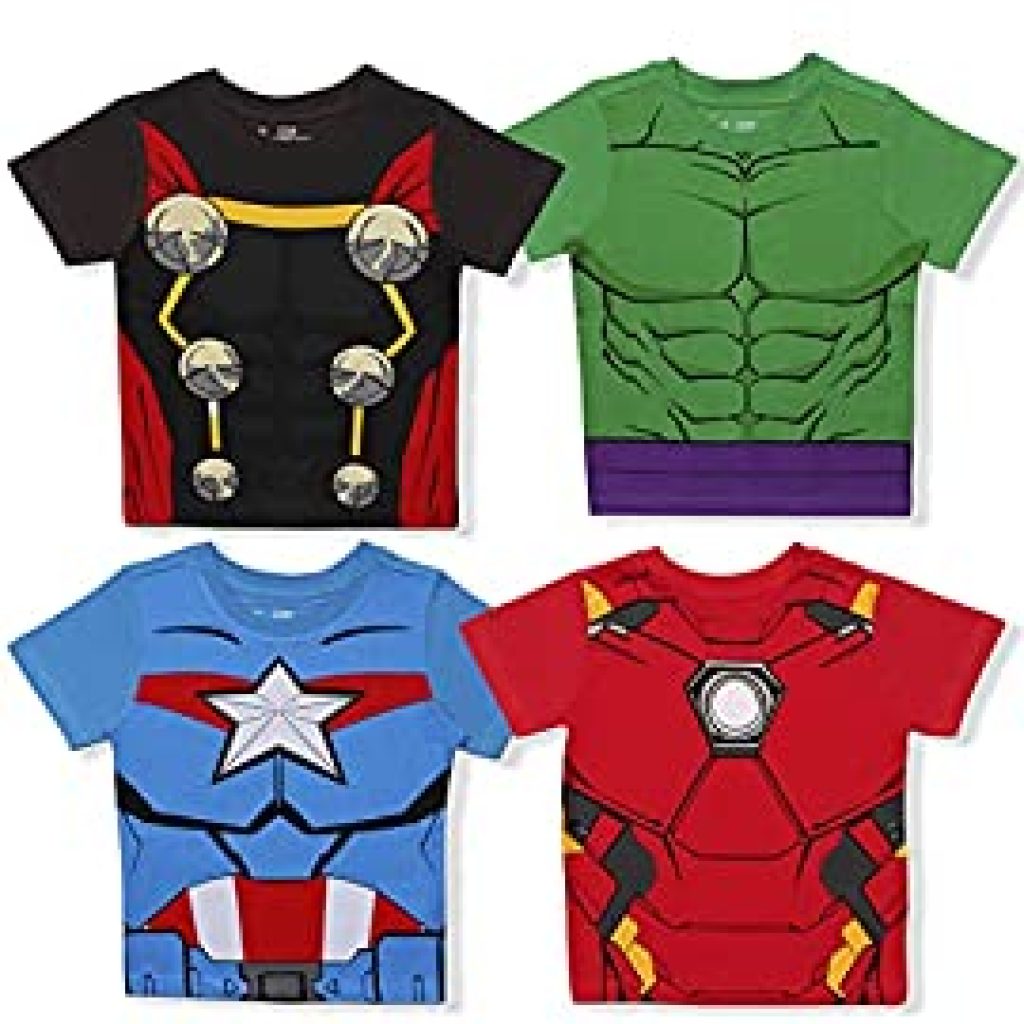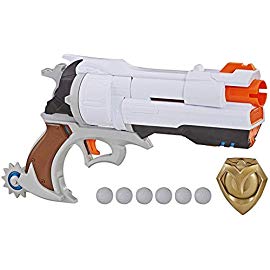Play Entertainment Amusement Adventure Toys Video Gifts & Merchandise are fun for everyone. Welcome to new and classic favorites from SantaBILT®
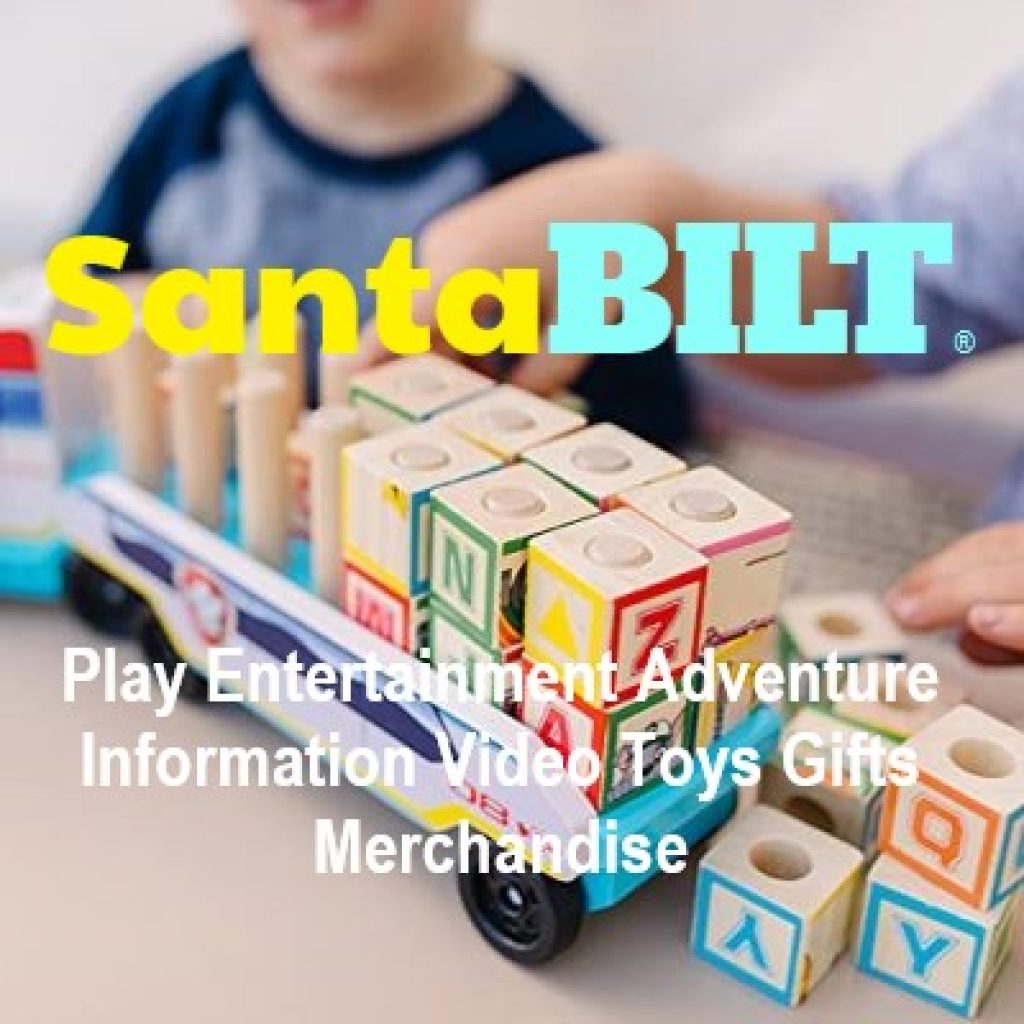
SantaBILT®
PLAY ENTERTAINMENT AMUSEMENT ADVENTURE
TOYS VIDEO GIFTS FASHION MERCHANDISE
“Built just like SantaBILT®”
![]()
TODDLER TOYS
TODDLER FRIENDS
LEARNING TOYS | TODDLERS
BLIPPI LEARNING
PEPPA PIG
COCOMELON
PAW PATROL
SESAME STREET
BABY TOYS & More
PRINCESS TOYS & GIFTS
DIANA and ROMA
DOLLHOUSES
DOLLS – POPULAR FAVORITES
BARBIE
BARBIE MOVIE
BABY DOLLS
PLUSH STUFFED TOYS ANIMALS
THE LITTLE MERMAID
FROZEN
PIXAR
DISNEY
MICKEY MOUSE FRIENDS
REMOTE CONTROL MODELS TOYS
R/C QUADCOPTERS
R/C CARS TRUCKS ROCK CRAWLERS
R/C PLANES & FLIGHT VEHICLES
R/C CONSTRUCTION EQUIP.
TOY VEHICLES CENTER
CARS TRUCKS RACERS – LAND VEHICLES
HOT WHEELS
MATCHBOX
CONSTRUCTION TOYS
TONKA TOYS
FLIGHT VEHICLES Planes Copters Rockets & More
WATER VEHICLES BOATS SHIPS SUBMARINES & More
TRANSFORM ROBOT CARS
WOOD TOYS
WOOD RAMP RACERS
WOOD TRAINS
THOMAS CENTRE
THOMAS TRAINS
VIDEO DVD
KIDS’ VIDEO
TODDLER VIDEO DVD
SUPERHEROES VIDEO DVD
CLASSIC CINEMA
BLOCKBUSTERS
FAST & FURIOUS
GHOSTBUSTERS
HARRY POTTER
JURASSIC WORLD
STAR WARS
TRANSFORMERS
ELECTRONICS
BOOMBOXES
DESKTOPS
HEADPHONES
HOME STEREO
LAPTOPS
SMARTPHONES
TELEVISIONS
BACKPACKS
COSTUME
FURNISHING for KIDS
HOT TUBS JACUZZI
SNOW SLEDS & SUITS
SUNGLASSES
Featured Showcases
SuperHeroes Guide
Designer Handbags
Treasure Jewelry
Luxury Perfume
Fine Luxury Watch
SUPERHEROES | MARVEL’S AVENGERS: Endgame +video
QUADCOPTERS | Hubsan Zino 2 Plus 4K Drone 60fps Camera with 3-Axis Gimbal + video
R/C CARS TRUCKS CONSTRUCTION | Fisca Remote Control Excavator +video
KID CARS | Costzon Ride On Car, 6V +video
TOY TRUCKS | Tonka – Steel Classics Mighty Dump Truck +video
PLAYGROUND SETS | Premium Play Sets Ainsley Ready to Assemble Wooden Swing Set, Multicolor +video
WOOD TRAINS | Melissa & Doug deluxe wooden railway set +video
LEARNING | Haynes Build-Your-Own ic engine kit video +video
TODDLER | PlanToys Rainbow Colored Dancing Alligator +video
WOOD TOYS | Melissa & Doug wooden car loader +video
THOMAS | Fisher-Price Thomas Trackmaster engine +video
TOY CARS | Hot Wheels criss cross set
KIDS BIKES | Huffy Kid Bike Quick Connect +video
E-SCOOTERS | Razor Power A2 Electric Scooter +video
MORE…
PRINCESS | DC Super Hero Girls 21 Piece Dress-Up Trunk +video
ROBOT TOYS | Fisher Price Code ‘n Learn Kinderbot
BLASTERS | NERF Overwatch McCree Rival Blaster +video
KIDS’ SPORTS | T-Ball Set for Toddlers
GAMES | Ravensburger Labyrinth Family Board Game
MAGIC & PRANKS | The Amazing Treasure Chest of Magic
VIDEO GAMING | Sony Computer Entertainment VR – Worlds Bundle – PlayStation 4 +video
![]()
SantaBILT® SHOWCASE CENTER
Bring fun and thrills to life with play toys superheroes video entertainment amusement adventure and more from SantaBILT®, under $25 $50
SantaBILT® is the ultimate source for best-selling premium toys & games, superheroes, outdoor playsets, bikes, scooters & hoverboards, pool sets, fashion & costume, electronics, movies & video, and more with essential information, exciting video, and guaranteed sales.
- PLAY ENTERTAINMENT ADVENTURE TOYS MERCHANDISE & More
- Best under $25
- Best under $50

5 Alive Card Game, Fast-Paced Game for Kids and Families, Easy to Learn, Fun Family Game for Ages 8 and Up, Card Game for 2 to 6 Players

Funko POP Disney: Luca – Alberto (Sea Monster) Vinyl Figure, 3.75 inches,Multicolor

NERF Longstrike Modulus Toy Blaster with Barrel Extension, Bipod, Scopes, 18 Elite Darts & 3 Six-Clips (Amazon Exclusive)

Aquaman Logo Ceramic Coffee Mug, Novelty Gift Mugs for Coffee, Tea and Hot Drinks, 11oz, White

Peg Perego Case IH Magnum Tractor and Trailer 12 Volt Ride on, Pink

JUST FUNKY The Hedgehog Carnival Cup | 16oz Blue Plastic Travel Container | Featuring a Winking Sonic the Hedgehog | Officially Licensed

1966 Classic TV Series Batmobile 1:24 Die-Cast Car with 2.75″ Batman and Robin Figures, Toys for Kids and Adults

L.O.L. Surprise! Color Change Dolls – 7 Surprises with Outfit, Accessories, and Ball – Toys for Kids Ages 4-7+ Years

LEGO Marvel Spider-Man Miles Morales vs. Morbius 76244 Building Toy – Featuring Race Car and Action Minifigures, Adventures in The Spiderverse, Movie Inspired Set, Fun for Boys, Girls, and Kids
![]()
“Built just like SantaBILT®”
Enrich life with play toys superheroes entertainment amusement adventure and more from SantaBILT® for the best fun and thrills
Always select premium toys, superheroes, outdoor playsets, bikes, scooters & hoverboards, pool sets, apparel & costume, blockbusters, kids furnishings, magic, electronics, movies and more online for play entertainment adventure.
![]()
ZIPSTRING AS SEEN ON SHARK TANK: An incredible ZipString toy rope launcher that rapidly propels a loop of string through the air. When the momentum of the string is balanced within the forces of gravity, lift, and drag, the string actually flies.
![]()
NEWEST TOYS
- Best NEW TOYS
- Best NEW TOYS UNDER $25
- Best NEW TOYS UNDER $50


Little Live Pets My Really Real Puppy – Patches The Beagle | Realistic Interactive Toy Puppy That Reacts To Your Touch. 60+ Sounds & Reactions. Soft Fur, Weighted Paws, Blinking Eyes Like A Real Puppy




FIDGET TOYS are sensational toys
RC VEHICLES & CONSTRUCTION TOYS make play from work to entertain
DINOSAUR PRE-HISTORIC JURASSIC Toys are here to play today
WOOD TOYS are for lifetimes of memories
“Our grandson (18 months) loves playing with these cars. The magnetic field is a newest “coolest thing I’ve seen in my whole life!” – Amazon buyer
THOMAS TRAINS move with imagination
“Newer version. Faster and definitely climbs better.” – Amazon buyer
POPULAR CHARACTERS
![]()
PLAY ENTERTAINMENT AMUSEMENT ADVENTURE SHOWCASE
![]()
SantaBILT®
Play Entertainment Amusement Adventure
Information Video Toys Merchandise
“Built just like SantaBILT®”
Select New Classic and Favorite All PLAY TOYS for wonderful Entertainment for all ages
Play toys help exercise and develop our minds and bodies with entertainment to enhance our human potential to adapt and reach achievement in any given environment
VIEW PLAY TOYS SHOWCASE CENTER ->
![]()
VIDEO GAMERS
Play is the highest form of research – A. Einstein
SantaBILT® SHOWCASE CENTER
PLAY ENTERTAINMENT AMUSEMENT ADVENTURE
TOYS GIFTS APPAREL MOVIES MERCHANDISE
“Built just like SantaBILT®”
Information Video Premium Selections Guaranteed Sales
Play Entertainment Amusement Adventure are remarkable resources beneficial to enriching the lives of toddlers, kids, and adults.
Play is important to develop our physical, intellectual, emotional, social, and moral capabilities and capacities for creating and preserving meaningful relationships. Play promotes a state-of-mind for developing high-level problem solving, insightful reasoning, and creative endeavors.
Entertainment bring people and family together to bond. Entertainments are fun, enjoyable and pleasurable by amusing us.*
Adventure is an essential part of life. It allows us to step out of our comfort zones, explore new places, and experience new things. Adventure also allows us to learn more about ourselves, our strengths and weaknesses, and what we are capable of achieving.
This is PLAY ENTERTAINMENT ADVENTURE Showcase
KIDS BIKES
TOY CARS and Heavy Duty TRUCKS made of metal
![]()
ADVENTURE and thrills with BLOCKBUSTERS
MAGIC & PRANKS
Step-By-Step Videos Show How to Perform Each Magic Trick Like a Pro, Taught by a Professional Magician and School Teacher
![]()
Finding and enjoying Play Toys Entertainment are essential for all ages. Always seek and find the best.
SantaBILT® SHOWCASE CENTER
Open to Select Price Range – $75 – $100
- All Best Play Toys Entertainment Superheroes & More
- Under $75
- Under $100

LEGO Ideas Ship in a Bottle 92177 Expert Building Kit, Snap Together Model Ship, Collectible Display Set and Toy for Adults (962 Pieces),Multicolor

Magnetic Transform Engineering Car Assembled Toys with Storage Box, Toys for Toddlers 3-4 Magnetic Blocks for Kids Age 3-5 4-8 Outdoor Toddler Activities Toys

DJI Mavic Air 2 Drone Quadcopter 48MP & 4K Video Beginner level With Remote Control (CP.MA.00000176.03) (Renewed)

Inmotion Electric Unicycle for Adults 16 Inch Self-Balancing One Wheel EUC, Portable Monowheel for Urban Commuting (V12 Pro)

CREATIVE XP Pro Night Vision Binoculars – Digital Infrared, 4″ Screen, 2X Zoom – Essential Deer Hunting Accessories, Tactical Gear, Security Goggles, Military Grade – 32GB Card, Neck Strap, Case
Electric Scooters are the newest entertaining way to travel and play between any two points. Choose the ride for you…
Kick-to-start, high-torque, hub motor provides smooth lithium-ion powered electric scooter action at speeds up to 10 mph (16 km/h) for up to 40 minutes of continuous use
Razor Power A2 Electric Scooter – Red
SantaBILT®
BACKYARD PLAYSETS and SWING SETS for outdoor play
“It took three days for two adults to assemble- lots of pieces, but everything fit beautifully. It’s a good size, height & langth, for our 6 & 3 year old grandkids. We lined the “sandbox” & filled it with pea gravel rather than sand, buried dinosaur skeletons & toy ones that match & they love having a dinosaur dig.” – Amazon buyer
Play Toys Entertainment are part of a productive life
TOYS are wonderfully created objects. Entertainments are clever, challenging, and/or soothing activities that are especially designed and used in PLAY*. TOYS and ENTERTAINMENTS are recognized as enjoyable means of training the young and old for a productive life in a meaningful society.
![]()
KID SPORTS
T-Ball Set for Toddlers, Kids Baseball Tee Toy Game Includes 6 Balls – Adjustable T Height, Fun Toddler t Ball Set Adapts with Your Child’s Growth Spurts, Improves Batting Skills for Boys &Girls
SantaBILT®
GAMES
ONE WHEELS will Play GO on Adventure
4K Camera with 3-Axis Gimbal: The Zino 2 Plus provides 4k/60fps video with max 100Mbps bitrate
Play Toys Entertainment are Essential for life
Remember that play essential for all aspects of our lives, including creativity and relationships. Give yourself permission to play every day.*
Enjoy the benefits from Play
Play is an important source of relaxation and stimulation for adults as well. Playing with your romantic partner, friends, co-workers, pets, and children is a sure (and fun) way to fuel your imagination, creativity, problem-solving abilities, and emotional well-being.*
MARVEL DC SUPERHEROES
SUPERHEROES
Endgame is the fourth installment and latest Avengers saga making 22 interconnected films of an epic journey. The SUPERHEROES set aside differences to work together and overcome impossible obstacles in the entertaining story of friendship, teamwork and perseverance.
![]()
MARVEL DC SUPERHEROES SHOWCASE CENTER->
VIEW ALL MARVEL DC SUPERHEROES ->
Visit SantaBILT® SUPERHEROES Showcase Centers
BLACK WIDOW> BLACK PANTHER> SUPERMAN> WONDER WOMAN> SPIDER-MAN> BATMAN> AQUAMAN> DEADPOOL> MARVEL> MARVEL DC SUPERHEROES UNIVERSE> MARVEL AVENGERS> CAPTAIN MARVEL> CAPTAIN AMERICA> The HULK> IRON MAN> THOR> DC COMICS
![]()
PRINCESS toys and more play
BLASTERS play games for fun
The greatest Toys for Play R here Today
TOYS Today are made from beautiful enduring natural materials like wood and new modern materials like rubber, steel, plastics, and silicon. Packed with High Technology, Incredible materials and cutting edge technology combine and create the most unbelievable PLAY and ENTERTAINMENT items ever imagined. Available Here Today Anytime.
EDUCATIONAL | STEM TOYS move the mind
“Great kit! I got this for my 8 year old daughter who loves logos, and wanted to take it to the next step. We built the first robot together, and she was so excited.” – Amazon buyer
KID CARS are POWER RIDE-ON TOYS for kids to play
Two Modes: 1. Parental Remote Control Mode: You can control this car to enjoy the happiness of being together with your baby. 2. Battery Operate Mode: Your baby can operate this car by himself/herself by electric foot pedal and steering wheel to choose ideal speeds.
WOOD TRAINS
Made from high-quality materials and compatible with other wooden railway systems.
Play Benefits the Brain Functions
Play appears to permit our brains to practice the essential flexibility to maintain and even perhaps rejuvenate the neural connections that embody our human potential to adapt and meet any possible set of environmental conditions.*
![]()
The intuitive mind is a sacred gift and the rational mind is a faithful servant. We have created a society that honors the servant and has forgotten the gift. – A. Einstein
STEM, Learning & Educational toys play for achievement
“This is an excellent model kit for the intermediate to advanced modeler that is interested in how an internal combustion engine works.” – Amazon buyer
TODDLER TOYS inspire young tikes
PlanToys Rainbow Colored Dancing Alligator (1416) | Sustainably Made from Rubberwood and Non-Toxic Paints and Dyes…
SantaBILT®
Pull our friend and the head and tail moves, and a gentle click clack is heard when the body wiggles.
Play Toys build life skills
Through play, children develop who they are with life skills. Their cognitive, language and physical skills develop through their play experiences, as well as their imagination, concentration, self-confidence and sociability skills.
![]()
“Improvisation, composition, writing, painting, theater, invention, all creative acts are forms of play, the starting place of creativity in the human growth cycle, and one of the great primal life functions… Technique itself springs from play… Creative work is play… In play we manifest fresh, interactive ways of relating with people, animals, things, ideas, images, ourselves…” ~ Stephen Nachmanovitch, Free Play: Improvisation in Life and Art
-SantaBILT


